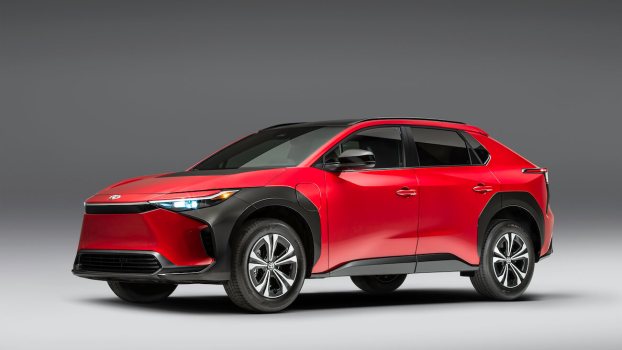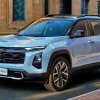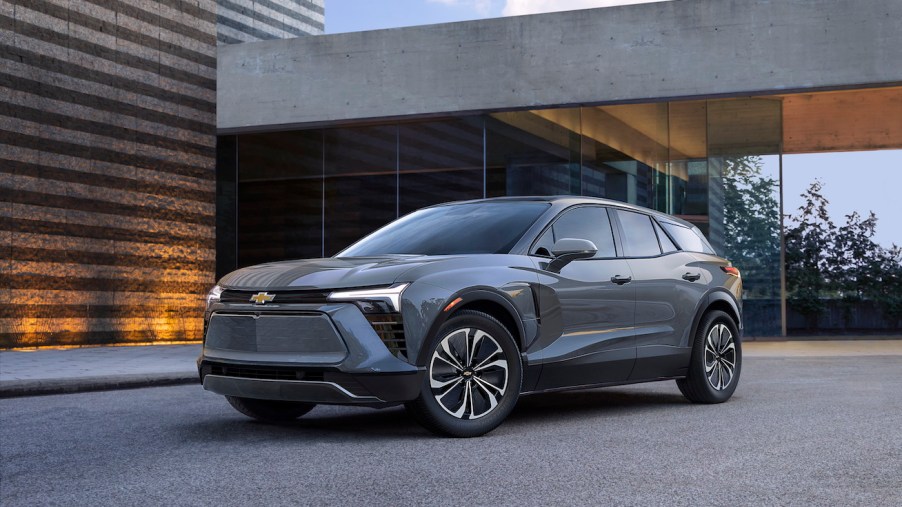
EV Sales Slip vs. Gas Cars Because Nobody Knows How to Sell Them
Whether you believe it’s a temporary halt or a major hurdle, one thing is clear: EV sales are tanking right now. But what’s driving this sudden slowdown? It isn’t political, availability, or even price, though the latter is arguably a factor. It is that manufacturers don’t understand that the differences between EVs vs gas cars are changing how they need to sell them.
EVs threaten America’s “Freedom of the Open Road” ethic

It seems that manufacturers and dealers alike are missing the boat on what holds buyers back from choosing an EV. The problem is that American driving culture has long been about the freedom of the open road. It may only be a five percent use case. But the fact is that in a gas car, you can get in and go hundreds or thousands of miles in a day, with only minimal downtime for fuel stops along the way.
An EV, however, is a completely different animal. Yes, the ability to start every drive with a “full tank” is certainly appealing. But if you have an interstate trip planned, it’s no longer as simple as just “Get in and go.” You now have to plan charging stops, many of which will take considerably longer than the 30 or 40 minutes advertised by the manufacturer. Still, that isn’t the singular issue causing this drop in EV sales.
Most automakers fail to market the biggest advantage of an EV
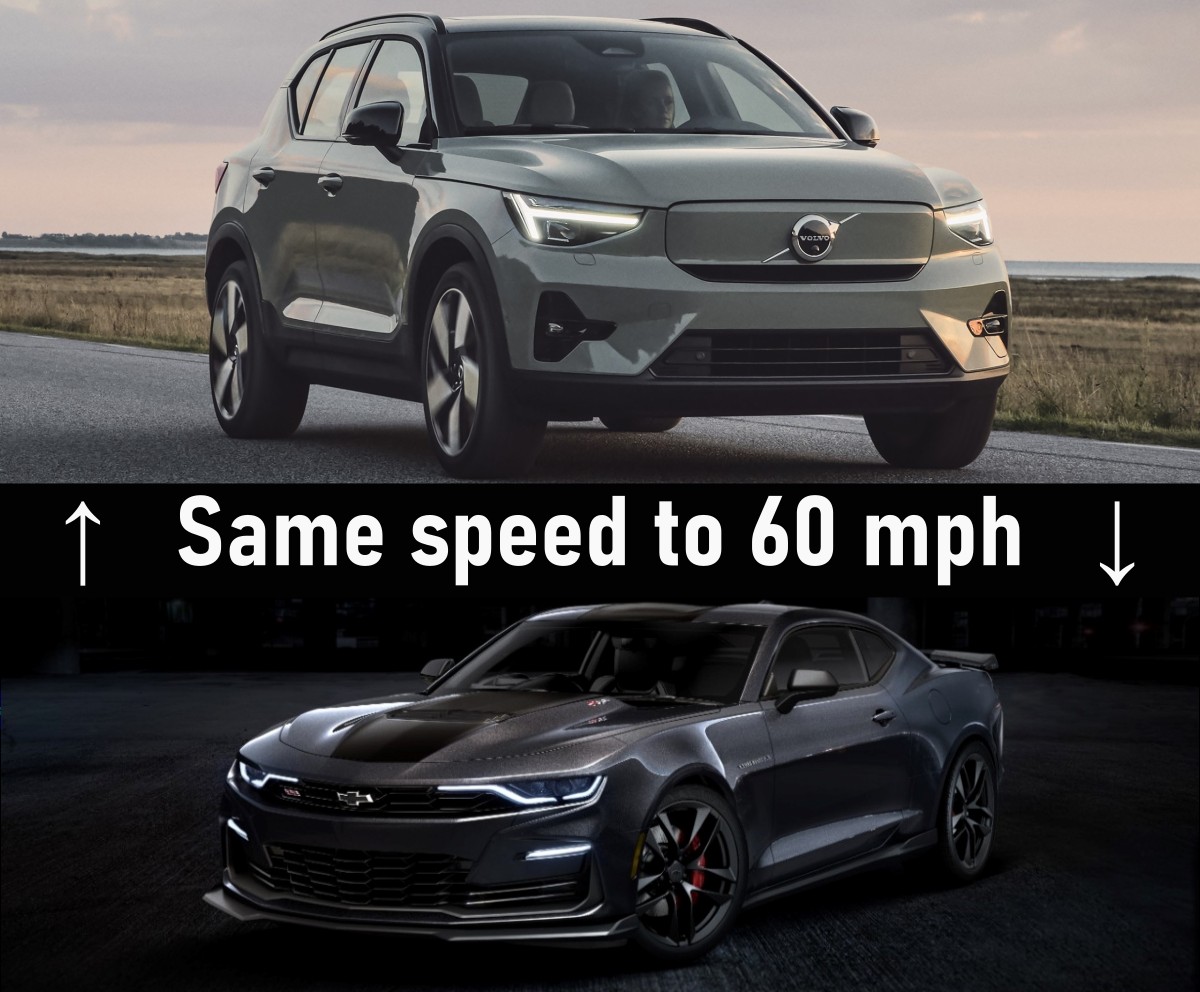
In simple terms, EVs and gas cars are fundamentally different. Trying to sell an EV by the parameters of a gas car using terms like “range” and “eMPG” doesn’t tell the whole story. Moreover, buyers aren’t dumb – they know that these numbers are essentially meaningless in the real world. Hills, traffic, weather, and wind will all play big factors in how far that EV can actually get from a single charge.
Where EVs have a clear advantage, however, is in democratizing speed. Americans love fast cars, and no gas car can compete with the instant torque of even a moderately powered electric vehicle.
The Volvo XC40, for example, is a midsize crossover that goes from zero to 60 mph in 4.2 seconds. That’s the same time to 60 mph as the Chevrolet Camaro SS – from a cushy electric crossover. Critically, that Camaro has 455 horsepower and 455 pound-feet of torque. The Volvo has just 402 horsepower but 486 pound-feet of torque and no torque curve to speak of. That instant acceleration is giggle inducing, something that is rarely said about any midsize crossover, let alone a Volvo.
The cheapest EVs are more fun to drive vs gas cars
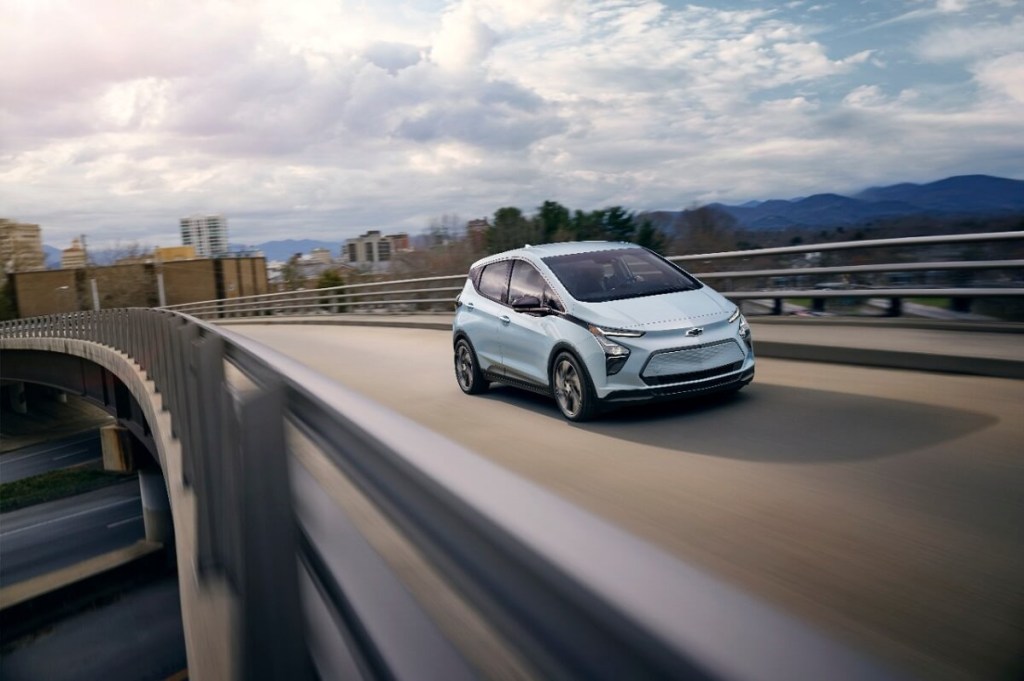
That instant torque makes even the dirt cheap (comparatively) Chevy Bolt fun to drive. For under $30,000, you get a compact four-door that goes from zero to 60 mph in just 6.5 seconds. A similarly-priced Honda Civic is nearly two seconds slower to reach the same pace, even with a turbocharged four-cylinder engine.
You’ll give up some convenience with the EV when it’s time for that cross-country excursion. But for your daily trips to the office, grocery store, and gym, the Bolt is punchier at getting up to speed. But is that anywhere in Chevy’s marketing materials for the Bolt? After three mentions of its 259-mile range, you finally get performance data two-thirds of the way down the page.
Choosing EVs vs gas cars boils down to lifestyle
Charging infrastructure being what it is today, it’s clear that EVs aren’t for everyone. But we’re also past the points where EVs sell themselves based on novelty, tech, and sustainability. Now that nearly everyone who was excited about an EV has one, manufacturers need to rethink how EVs compare vs gas cars and start selling them accordingly.
